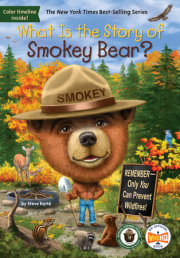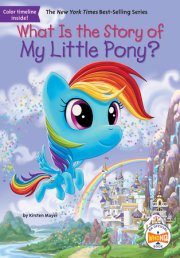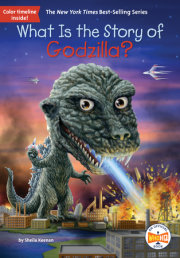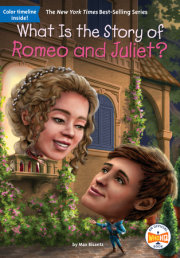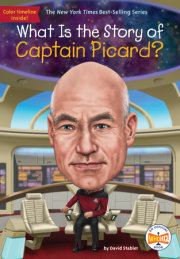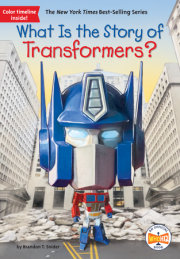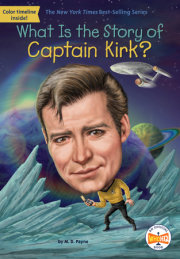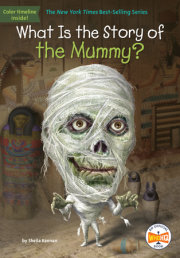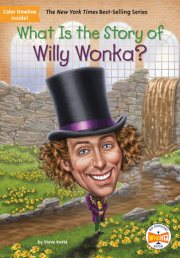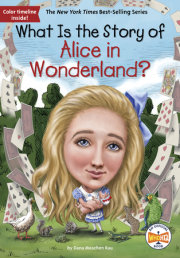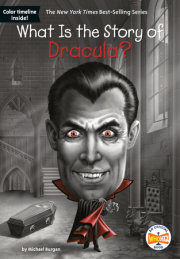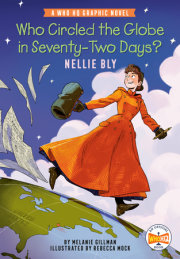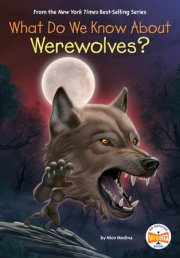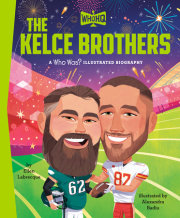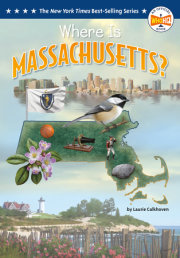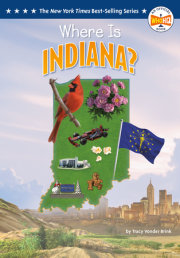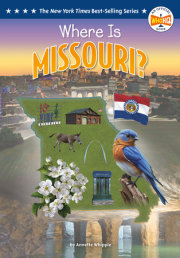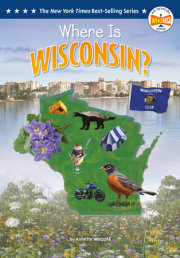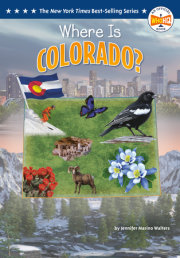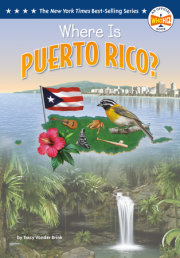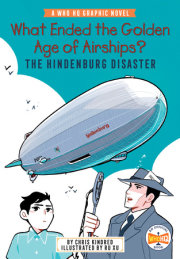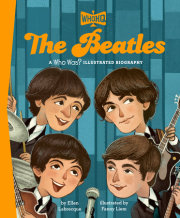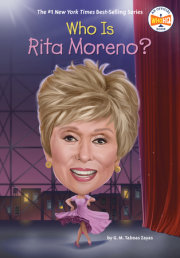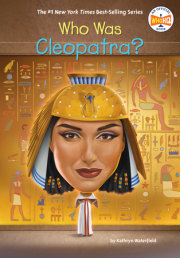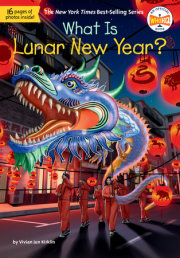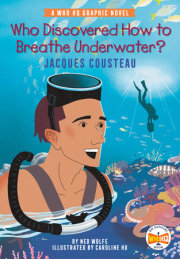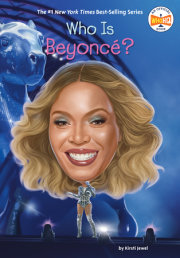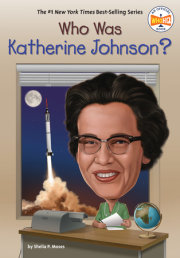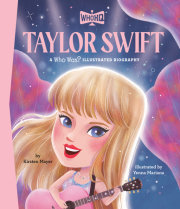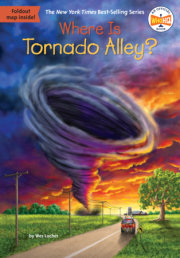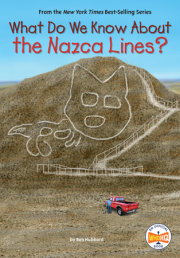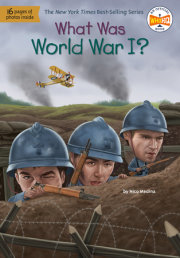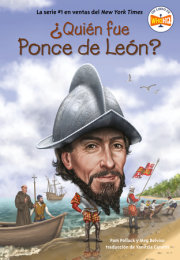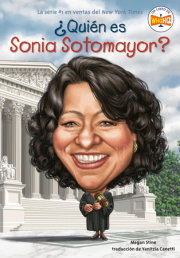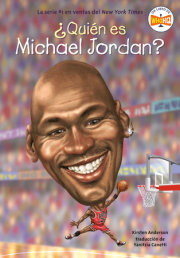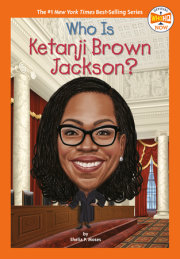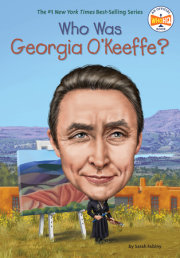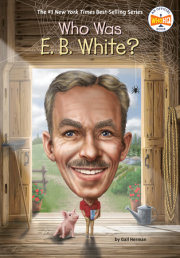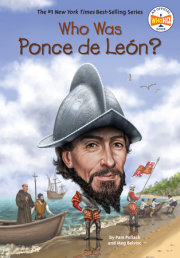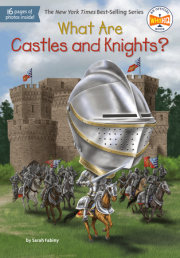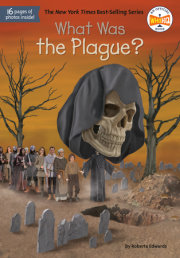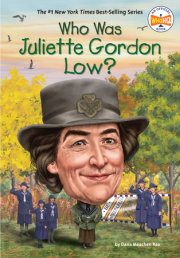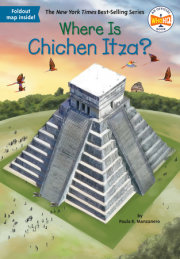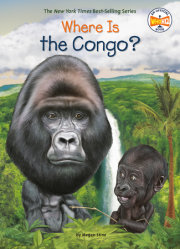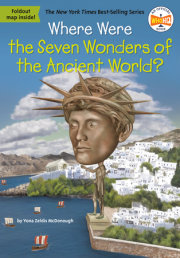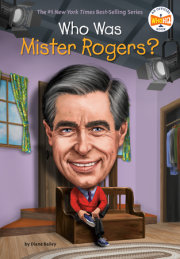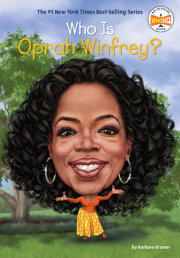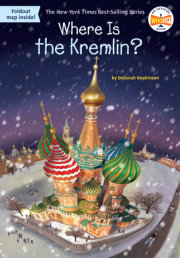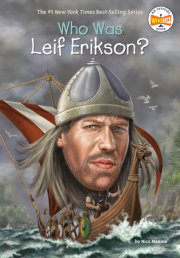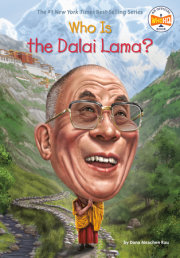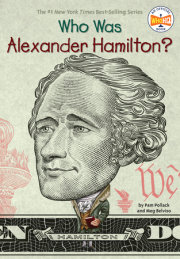What Is the Story of Jurassic World? One day in the late 1980s, when author Michael Crichton and his wife were preparing for the birth of their first child, the famous writer bought a stuffed dinosaur. Then he bought another. And another. And still another. He bought so many stuffed dinosaurs, in fact, that his wife finally stopped him and said, “Why is this happening?”
It was happening because Michael Crichton had loved dinosaurs ever since he was young. He knew that many other children felt the same way. And he decided right then that he would write a book with dinosaurs in it. The book, which reached stores in November 1990, was called Jurassic Park.
The idea behind Crichton’s story went like this: Sixty-five million years ago, a mosquito landed on a dinosaur. The mosquito bit the dinosaur, sucking a small amount of blood from the animal, then buzzed off to rest on a tree. But the mosquito was caught in a sticky, sap-like substance on the tree called resin. The insect couldn’t escape, and it died. After that, the resin expanded to surround the dead insect and hardened into amber. So the insect was perfectly preserved in amber.
The story then jumped ahead to the late twentieth century, when workers on a remote island in Central America dug up that same piece of amber. A scientist inserted a probe into the amber and removed the mosquito blood, which contained the dinosaur blood that the insect had sucked. The scientist took the genetic building blocks from the dinosaur blood and re-created the long-extinct creature.
A businessman saw an opportunity in this amazing technology. He hired scientists to create several different species of dinosaurs, then bought the Central American island and built a theme park where the animals could live and people could visit them.
The dinosaurs in Michael Crichton’s story weren’t described as just pictures in a book or bones in a museum. Visitors to the theme park could see and hear the incredible living creatures for themselves. Of course, many safety precautions were put in place, but things didn’t go exactly as planned. It was the beginning of an exciting—and terrifying—adventure tale.
In 1993, Universal Pictures produced
Jurassic Park, the first of several movies based on Crichton’s book. The combination of realistic science, awe-inspiring dinosaurs, and a thrilling story made the film the biggest blockbuster up to that time in movie history and launched one of the most successful franchises of all time. Since then, Michael Crichton’s book
Jurassic Park has grown into Jurassic World—an entire world of movies, books, games, theme park encounters, and more. Let’s dig into the story of Jurassic World!
Chapter 1: The Jurassic Age Why are so many people fascinated by dinosaurs?
A paleontologist (say: PAY-lee-on-TAH-lo-jist) named Stephen Jay Gould once famously said it is because they are “big, fierce, and extinct.” A paleontologist is a scientist who studies fossils to learn about ancient life forms. Fossils are any traces of plant or animal lifelike the bones or teeth of a dinosaur—that have been preserved in the earth’s crust. Gould’s quote meant that even though many dinosaurs might have been huge, scary animals, we aren’t afraid of them because they don’t exist anymore. They last roamed the earth about sixty-five million years ago.
It is true that many dinosaurs were big. Scientists estimate the dinosaur
Argentinosaurus (say: ar-jen-TEEN-uh-SORE-us) was the largest land animal ever. They believe the four-legged giant was as long as 130 feet and as tall as 65 feet. Not many animals were as fierce as
Tyrannosaurus rex (say: tu-RAN-uh-SORE-us REX).
T. rex, as it also is known, could bite with a force of eight to ten thousand pounds per square inch. That’s more than double the bite of a saltwater crocodile, which has the most powerful bite of any animal alive today, and more than fifty times the bite of a human!
And yet . . . not all dinosaurs were big.
Microraptor (say: MY-cro-RAP-tor) measured only a couple of feet from head to tail and weighed just two pounds. Not all dinosaurs were fierce, either. Many were herbivores, or plant eaters. And although nonflying dinosaurs are also extinct, modern birds are their direct ancestors and are sometimes called living dinosaurs.
Although their reputation for being “big, fierce, and extinct” is among the reasons that people are fascinated by dinosaurs, it isn’t the only one. We’re also interested because we are curious. What would it be like to see a dinosaur? We can go to the zoo and see a giraffe or an alligator or a gorilla. But no person has ever seen a real, live dinosaur.
The first dinosaurs inhabited the earth about 235 million years ago, and for 56 million years—from about 201 million years ago to 145 million years ago—they were the world’s dominant creatures. This was the Jurassic Period, the geological stretch of time from which the Jurassic World franchise takes its name.
Dinosaurs lived on almost every part of the earth. That’s because when dinosaurs first were alive, the earth’s land was connected in one large mass called Pangaea (say: pan-JEE-uh). During the Jurassic Period, Pangaea began to split into separate land masses, which eventually became the continents that exist today. That separation process is called continental drift.
One reason scientists know about continental drift is because dinosaur fossils found on the eastern side of South America, for instance, are similar to ones found on the western side of Africa, across the Atlantic Ocean. So scientists believe that those areas of land were once connected.
Dinosaur fossils became buried in the earth over millions of years. A dinosaur’s body, for example, may have sunk into the mud after it died. Its skin and other soft tissues soon decayed, leaving the bones behind in the mud. Over millions of years, sand, dirt, and minerals mixed with the mud and turned it into rock well below the earth’s surface. Over millions more years, wind and rain eroded the surface and exposed the rock, enabling paleontologists to discover bones that had been encased in hard rock as fossils.
In the late 1700s, French zoologist Georges Cuvier, who is sometimes called the father of paleontology, identified such fossil bones as coming from extinct animals. In 1842, these animals got their name when British paleontologist Richard Owen took the Greek words meaning “fearfully great” (
deinos) and “lizard” (
sauros) and gave them the name
dinosauria. From that came the word
dinosaurs.
Richard Owen referred to them as lizards, but they were different from other reptiles. For one thing, some of them walked upright. They also had unique skeletal features, like extra hip bones. It soon became clear that dinosaurs were not just another type of reptile or other animal—they were their own branch in the tree of life.
Copyright © 2023 by Universal City Studios LLC and Amblin Entertainment, Inc. All rights reserved. No part of this excerpt may be reproduced or reprinted without permission in writing from the publisher.







